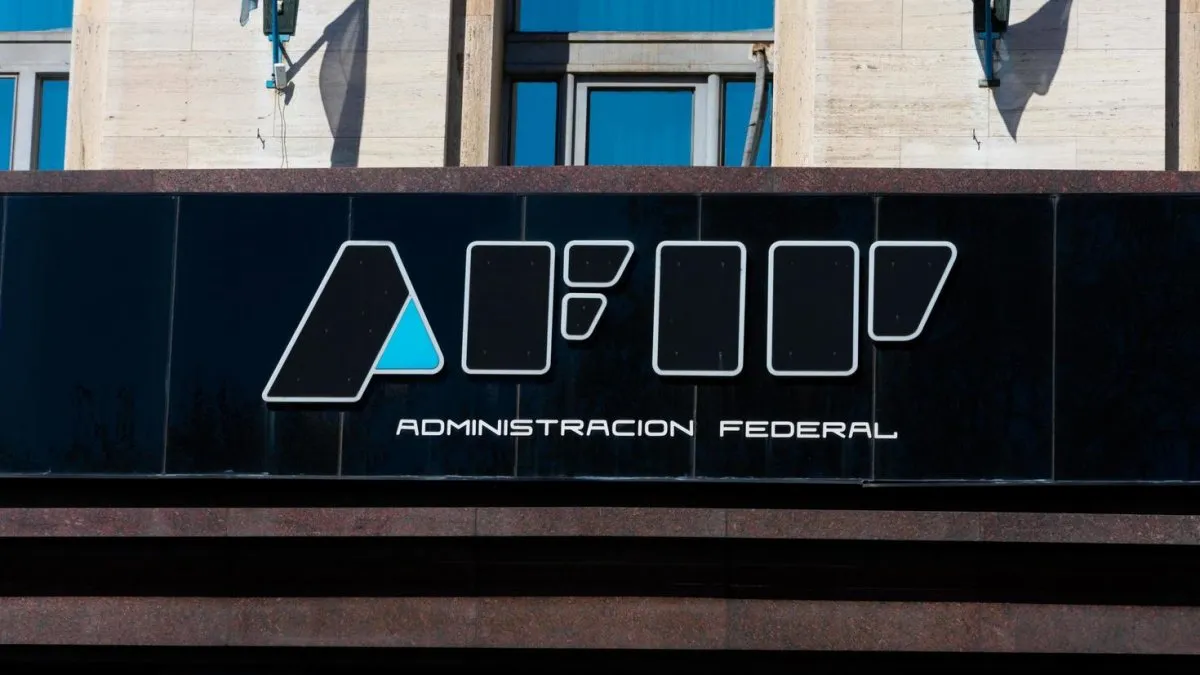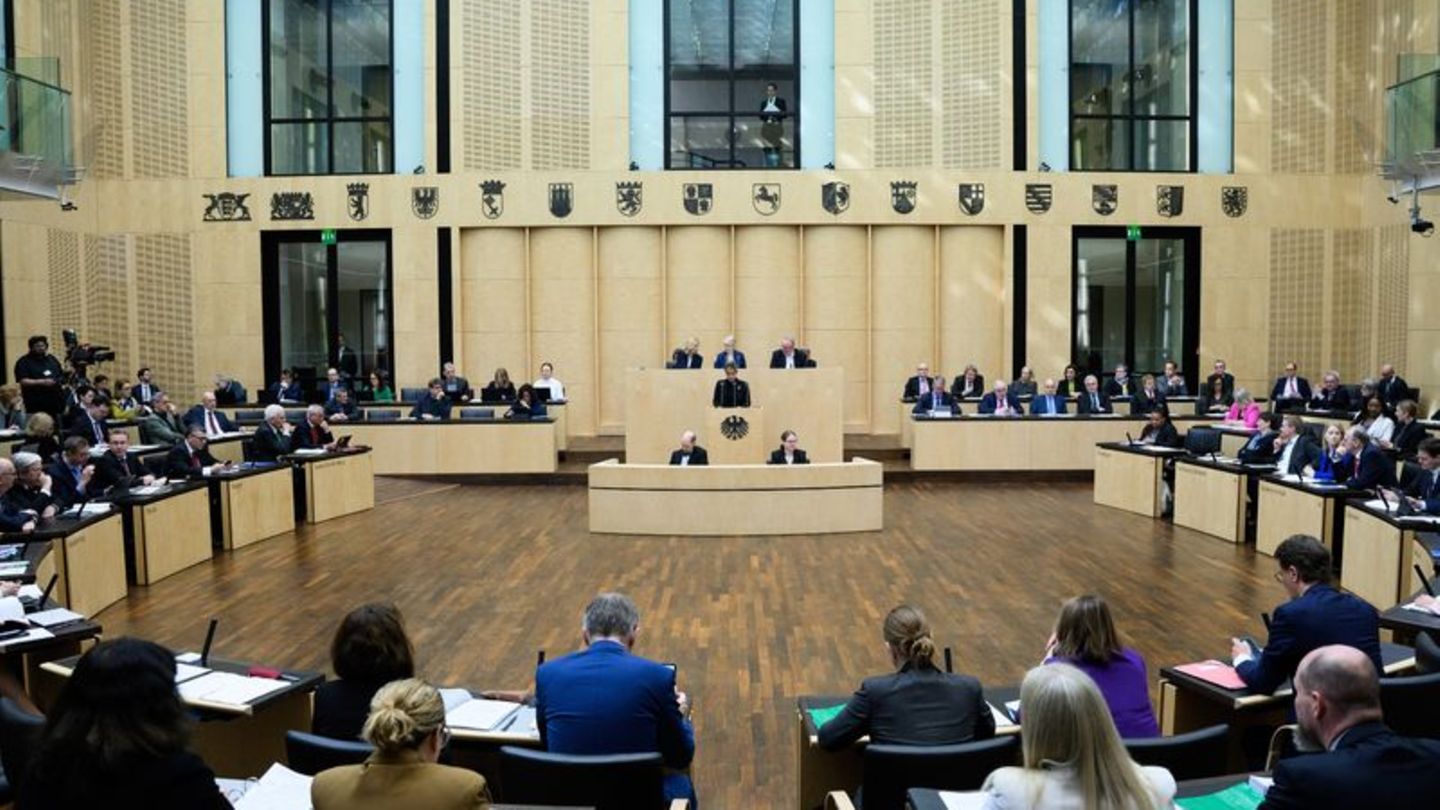Less than a year after his death, the Buenos Aires Museum of Contemporary Art inaugurated an exhibition curated by Rodrigo Alonso.
Josephine Robirosa. “Six in this world”, 1967, painting on aluminum, Von Buch Collection.
The Museum of Contemporary Art of Buenos Aires inaugurated last week an exhibition as brief as it is intense, “Josefina Robirosa. Line and vibration”, curated by Rodrigo Alonso. The exhibition opens with a beautiful painting more than four meters wide by two meters high, made in 1968 on aluminum plates nailed to a wooden frame. A dynamic tide of multicolored and undulating stripes configures, through curves and countercurves, six full-length figures. The dynamism of the paint and the luminous colors (yellow, orange, light blue, blue, copper, red, bordeaux, white, lilac, earth) radiate their energy in the entrance hall, undoubtedly exalted by the metal. This powerful painting by Robirosa (1932-2022) stands out for its qualities, for its qualities, for the group of women artists chosen to escort it, perhaps with the politically correct criterion of providing visibility to the female gender. However, the unmistakable identity of an artist who does not look like anyone, imposes difficulties when it comes to granting unity to the whole. The works of Marta Minujín, Elda Cerrato, María Martorell, Natalia Cacchiarelli, Alejandra Barreda, Valeria Calvo, Gabriela Böer, Leila Tschopp, Carola Zech, María de la Vega, Cristina Rochaix and Verónica Di Toro, several belonging to pure and hard geometry , deny any kinship with Robirosa’s stripes and, even more, with that strange universe that oscillates between abstraction and figuration.
The content you want to access is exclusive to subscribers.
However, it should be clarified that the works of the stripes series present in the exhibition, which go from 1965 to the mid-1970s, are not abundant and, on the contrary, are very scarce. Data that adds value to the research of the curator Rodrigo Alonso and to the management of the Macba. Robirosa painted the rhythmic series of stripes with unquestionable talent, and the virtuosity of his accomplished resolution opened all doors for him. In 1956 she inaugurated her first exhibition at the Bonino Gallery and, in the Macba exhibition, there is a photo of her where she is seen together with Miguel Ocampo, posing in front of the famous painting “Broadway Boogie Woogie” by Mondrian. Both participated in the Sao Paulo Biennial in 1957. In the 1960s she was part of the group of artists from the Di Tella Institute and Rodrigo Alonso describes the success of her textile designs.


“At the request of the French upholsterer Jacques Larochette, who runs a workshop for the production of handmade tapestries in Bariloche, the Argentine artist makes large-scale designs that are woven by a group of women who work in the place. The result of it is exhibited at the Museum of Modern Art in Buenos Aires in May and June 1964, simultaneously with the solo exhibition of her figurative paintings at the Bonino Gallery. The realization of the sketches for the tapestries requires working in dimensions that up to that moment Robirosa had barely frequented. Their subsequent transfer to the textile support also demands that the figures be schematic, that they lack details that are difficult to transfer to the final product. Thus, the shapes are simplified and the color treatment acquires decorative qualities”.
The meaning of Robirosa’s works is closely related to the dominant artistic tendencies in a time marked by the presence of the mass media, advertising, technological progress and the joy of the sixties. In this context, she painted the man as the protagonist with a varied multiplicity of profiles, silhouettes and embraces. Character and theme that inspired her particular creativity.
Meanwhile, his iconic designs take on volume and appear on the surface of large globes that, without prejudice, flaunt their decorative qualities. The photos show the artist next to the sculptures, in the garden of La Celeste, the house that Clorindo Testa designed for the beautiful couple formed by Robirosa and Jorge Michel in the 1960s. She had grown up in the splendor of the Sans Souci palace, the work of René Sergent and in 1968 she exhibited together with Testa in the “New Ensemble” exhibition at the National Museum of Fine Arts. Michel had an anchor tattooed on his arm since his days as a sailor, he was a poet, filmmaker, publicist, but above all, a sculptor. Each one had his workshop in the house. Robirosa recounted that she entrusted Testa with the house during a meeting at the Florida Garden and that, the next day, in the same café, he gave her the plans and went on a trip.
However, despite the power of the first expressions of the show, the color fades, the gestures of the characters become saddened and there are paintings that are no longer carried out in accordance with the desire to celebrate life. In 1973 Robirosa paints “Therapy”, an island where the tragic situation of the isolated, self-absorbed and distant characters is noted. Social conflict increases and the already gray stripes become elements of torture for three hooded figures, handcuffed and lying on the floor. “Personas” from 1975 is made with paint and graphite, a material that he began to use since then. The image shows a radical change and thus concludes the exhibition. In 1997 the National Museum of Fine Arts dedicated a retrospective exhibition to him. In 2001 Robirosa returned to exhibit another retrospective in the Cronopios Hall of the Recoleta Cultural Center and, in 2018, he had his “Antológica 1956-1997 ″ at the National Endowment for the Arts. His career was brilliant from start to finish.
Source: Ambito
I am an author and journalist who has worked in the entertainment industry for over a decade. I currently work as a news editor at a major news website, and my focus is on covering the latest trends in entertainment. I also write occasional pieces for other outlets, and have authored two books about the entertainment industry.




